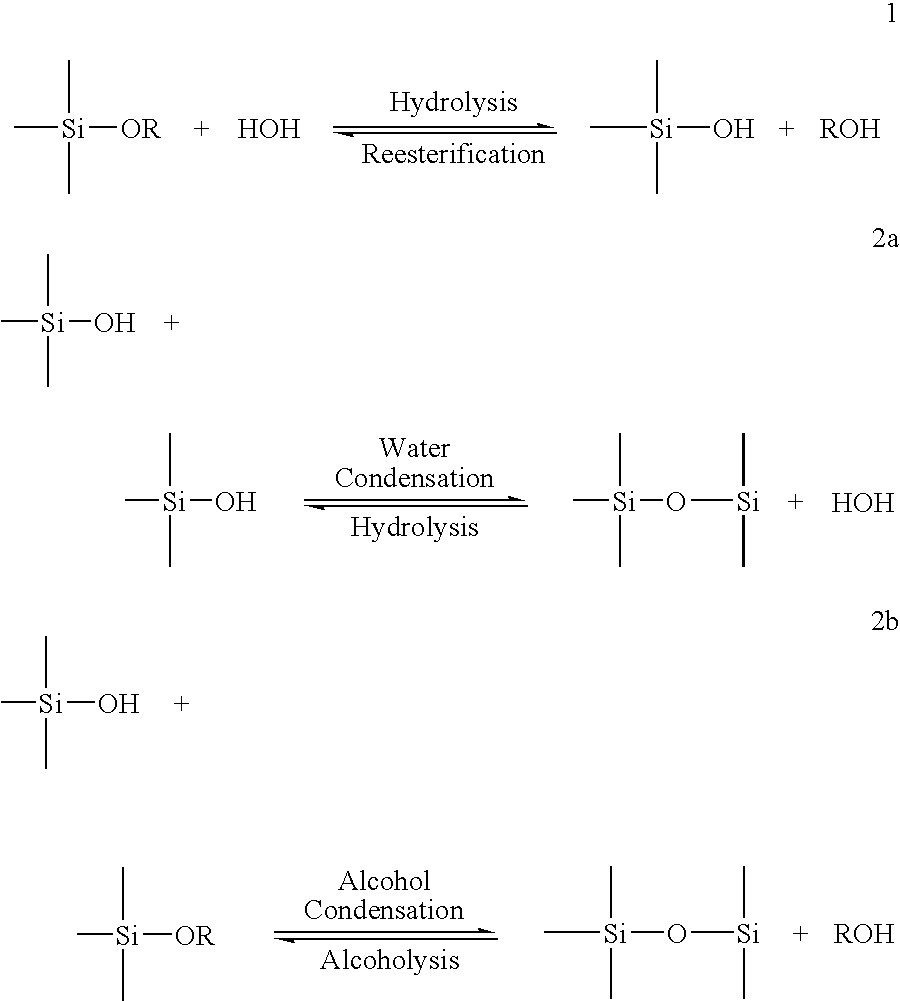Cooling water corrosion inhibition method
a technology of corrosion inhibition and cooling water, which is applied in the direction of drying solid materials, water/sewage treatment by ion exchange, water/treatment water, etc., can solve the problem that prior art has not enabled such water conservation, and achieve the effect of strengthening corrosion protection
- Summary
- Abstract
- Description
- Claims
- Application Information
AI Technical Summary
Benefits of technology
Problems solved by technology
Method used
Image
Examples
Embodiment Construction
[0018] The detailed description set forth below is intended as a description of the presently preferred embodiment of the invention, and is not intended to represent the only form in which the present invention may be constructed or utilized. The description sets forth the functions and sequences of steps for constructing and operating the invention. It is to be understood, however, that the same or equivalent functions and sequences may be accomplished by different embodiments and that they are also intended to be encompassed within the scope of the invention.
[0019] In relation to discussions of silica chemistry of this method invention, and variations in terminology by references cited, the following terms will generally apply. Soluble silica (or monosilicic acid), expressed as Si(OH)4, generally refers to soluble monomeric silica in water as monosilicic acid, and is characterized by reaction with molybdic acid to form yellow silicomolybdic acid. Oligomers (or polysilicic acid) a...
PUM
| Property | Measurement | Unit |
|---|---|---|
| concentration | aaaaa | aaaaa |
| solubility | aaaaa | aaaaa |
| pH | aaaaa | aaaaa |
Abstract
Description
Claims
Application Information
 Login to View More
Login to View More - R&D
- Intellectual Property
- Life Sciences
- Materials
- Tech Scout
- Unparalleled Data Quality
- Higher Quality Content
- 60% Fewer Hallucinations
Browse by: Latest US Patents, China's latest patents, Technical Efficacy Thesaurus, Application Domain, Technology Topic, Popular Technical Reports.
© 2025 PatSnap. All rights reserved.Legal|Privacy policy|Modern Slavery Act Transparency Statement|Sitemap|About US| Contact US: help@patsnap.com



